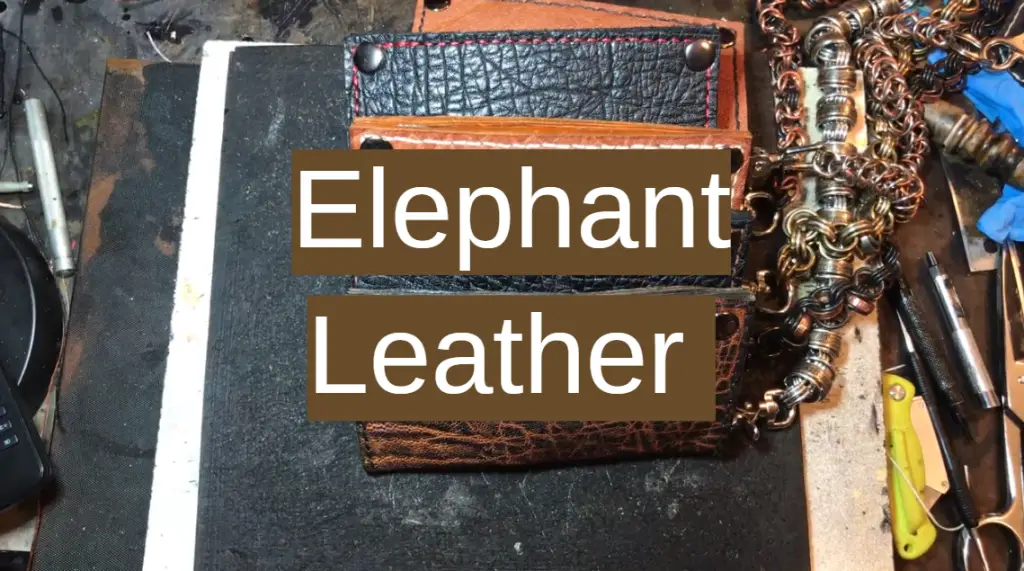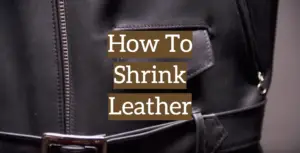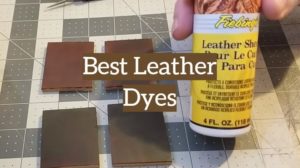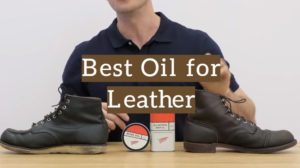
Definition
Elephant leather is a quite exotic material with a rippled pattern that is dense and very sturdy. The African origin is what makes a high-quality elephant leather.
Elephant skin and African elephant leather goods are referred to as panels. A much lower proportion of items are made up of elephant skin ears and trunks, but they have the desired feel that varies from elephant skin panels. For wallets and holsters, elephant ears, which are smaller and cleaner than bigger panels, are also used.
Nowadays, elephant skins should be allowed for trade by international, federal and state laws.
Is it legal to use genuine elephant leather?
Many shoes, belts, handbags and other forms of products are made of elephant hide in Africa, but the WWF strongly advised that individuals not buy these things to help eradicate the animal hide trade.
Dealing with elephant hides has very stringent laws and regulations about it, which can be found in Europe, so when buying those hides, make sure that the right documentation is displayed and addressed.
Since 2004, the trade of elephant leather and hair items has been legalized in Namibia and South Africa. Although it is possible to bring these products into Europe, stringent rules and regulations need to be enforced. It is advisable to inquire and collect all the documentation required for clearing customs.
For example, to export any such products from South Africa, Zimbabwe and Botswana, CITES documentation is needed. Therefore, visitors must perform analysis and communicate to the local authority in order to guarantee that the required paperwork is received upon purchasing.
Due to the varied practices of big game hunters, elephant leather is sometimes used in Europe. In Africa, where their skin is tanned, elephants are poached. To be washed, the skins are then shipped to Europe.
If you are searching for authentic elephant leather, then ensure you do your diligence and study as a lot of leather is marketed and passed off as elephant skin, whereas it’s a genuine cowhide that’s highly engraved to mimic elephant hide.
Any transfer of elephant skins must strictly comply with CITES laws, so make sure that when purchasing elephant hides, you get the right documentation or you might find yourself in criminal activity.
How to recognize elephant leather?
Elephants’ skin may be up to 3 cm thick because of the sheer weight of the animal and how tightly it is packed.
Generally, elephant hides are very wrinkled, which is a positive way to tell them apart from false hides.
Elephant hides with a deep, distressed, wrinkled texture are a dense and sturdy skin. Elephant skins are sold in “panels” classified as extra large hides with 20 sq. ft. on average. For applications where a thicker hide is desired over a thinner skin or where the usage of tiny hides would entail substantial seaming, elephant skin panels could be a good choice.
Genuine elephant leather is typically sold in medium (10 square feet) or large-size (20 square feet) panels.
Elephant leather is rugged, strong skin that is mostly immune to scratches and scuffs. Elephant skin boots are the most secure and most breathable boots available, but they’re not as scuff prone as sharkskin boots.
Elephants are tanned in parts that have a variety of grain, some soft and some rough. It is a common leather commodity that is readily available due to the policies of countries in southern Africa not wasting the meat or hides of the animals which were taken for population control. It is one of the greatest materials for casual footwear.
Uses
Elephant hides may be used for a variety of purposes from chairs, holsters, pool cues, and wallets. The material is in high demand since it is the most puncture prone leather. You can actually make everything from golf bags to bracelets thanks to this rare leather type.
Occasionally, luxury accessories or furniture are labeled as elephant leather. However, this leather material has nothing to do with elephants. In certain instances, the leather is natural cowhide that is embossed or has a grain matching authentic elephant skin.
When it comes to online retailers, you can’t be fully sure that you buy actual elephant leather material. It is still safer to buy offline from a trusted supplier if you need this exotic material. Many leather dealers improperly store elephant leather and it loses its initial qualities – also keep this in mind before buying.
Benefits
- Scuff-resistant;
- Puncture-proof;
- Durable;
- Nice rippled texture;
- Heat-resistant;
- Strong grain pattern;
Another material that has a long fiber framework is elephant skin. It’s one of the toughest leathers for footwear, as a result. An elephant’s boot would not break or split under the light. This style of boot is really comforting since the hide of an elephant has open, soft fibers.
Care and maintenance
As it is reasonably dry, it should be washed and conditioned periodically. If the proper precaution is not taken to protect and nourish it, they will gain very wide cracks due to the density of elephant hides. The cracking would be stopped from occurring by a standard safety cream added to the hide.
You get one of the most valued and rare leathers in the world of exotic leather by buying a pair of shoes or an accessory crafted of elephant leather. It is also a widely sought after leather in the industry for its uniqueness. Not everybody can have an elephant piece because it is quite capricious when it comes to maintenance:
- Never expose this hide in an intense way to sunlight, as it can lose its color and be damaged. You’ve taken one of the higher-resistance leathers, but that doesn’t suggest you may use whenever you like.
- You must first check what kind of finish the footwear has in order to clean the goods of this type of leather. If it has a nubuck finish, you should never get it wet. The sleek and velvety finish helps you to quickly recognize this genuine material. You should clean it with a bit damp rag, never muddy, if your product has this particular finish. Wait until the leather is dry and massage it gently with a suede sponge.
- Note that this sort of leather should never be brushed, since it may lose its natural finish. For nubuck leather, all you should do is add repellent, for extreme care. In the case of some finishes, you should gently brush them with a scotch fiber to open the leather pore.
Final thoughts
Elephant leather is considered the 6th most robust material against blunt and sharp, and the 3rd against heat. While it is not a quite reliable insulator, still this material could be a good candidate for DIY protective clothing as well as tear-resisting accessories. Double-check the license and genuine origin of elephant leather pieces when buying them online.









